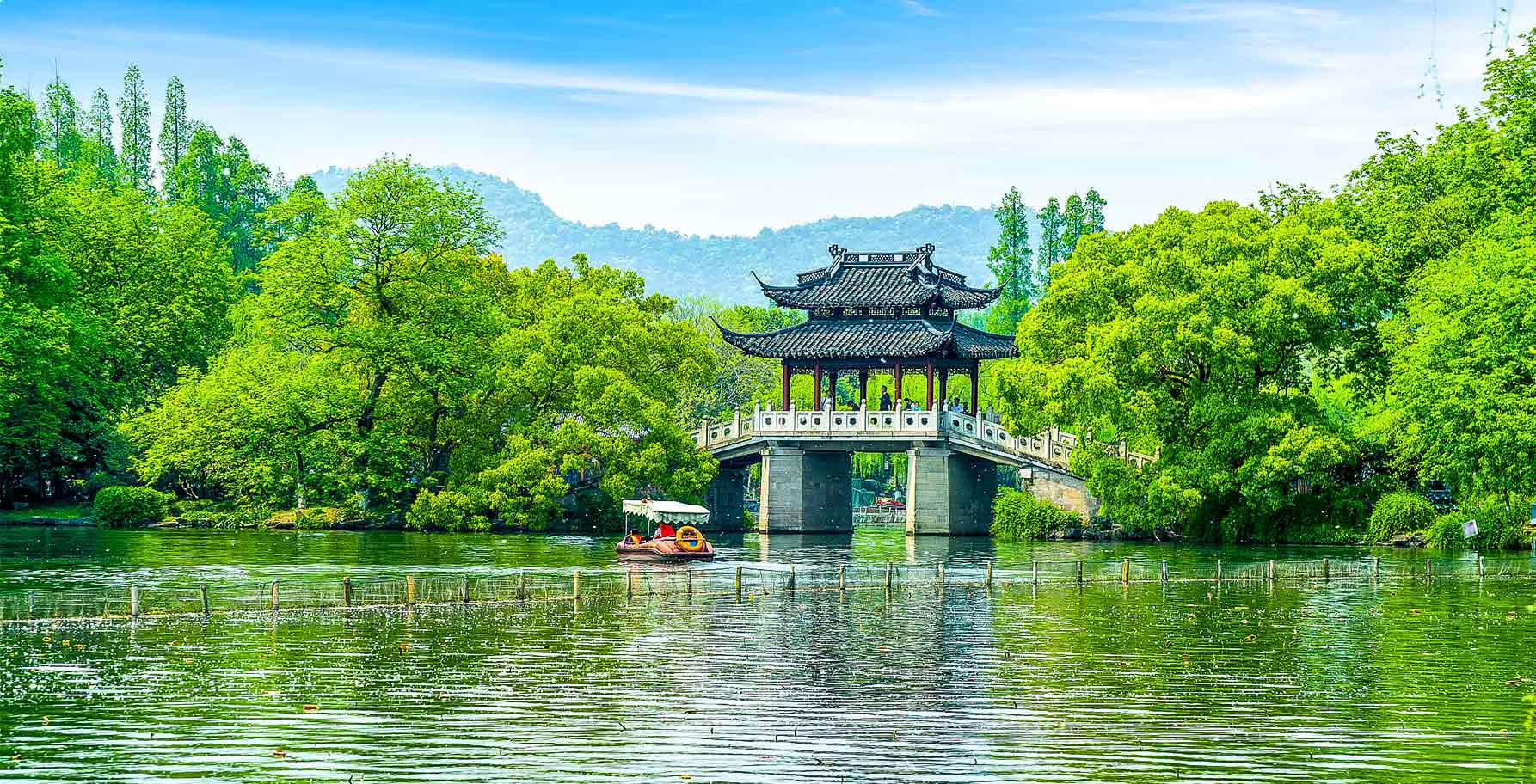Access Trip.com Member-exclusive Deals
Sign in or register now to manage your bookings with ease!
Sign in or register now to manage your bookings with ease!
Choose your seats while booking
Your personal information is protected by our secure systems
Plan your trip with our travel checklist and trip planner, and chat to customer support anytime through our mobile app
One-on-one customer support available in multiple languages

Shanghai - Hangzhou
From US$3.38

Shanghai - Suzhou
From US$1.73

Shenzhen - Guangzhou
From US$2.97

Shanghai - Nanjing
From US$5.59

Shanghai - Beijing
From US$21.59